Understanding Pallet Labeling Compliance
Pallet labeling compliance refers to the adherence to regulatory standards and industry guidelines governing the labeling of pallets used in the transportation and storage of goods. These labels serve as the primary means of identification, facilitating inventory management, traceability, and seamless movement within the supply chain.
The Regulatory Landscape
Various regulatory bodies and industry associations have established standards and guidelines to govern pallet labeling practices. One prominent example is the GS1 standards, which provide globally recognized frameworks for barcode identification and data synchronization. Additionally, countries often have their own sets of regulations dictating labeling requirements for domestic and international shipments.
Key Components of Compliance
Achieving pallet labeling compliance involves several key components:
Barcode Specifications: Compliance entails adherence to specific barcode symbologies, dimensions, and data encoding formats. Labels must be designed and printed to meet these specifications for accurate scanning and data capture.
Data Accuracy: Ensuring the accuracy of data encoded in pallet labels is paramount. Information such as product identifiers, batch numbers, expiration dates, and serial numbers must be legible and error-free to facilitate traceability and regulatory reporting.
Label Placement: Proper placement of pallet labels is critical for visibility and scanability. Labels should be fixed to designated locations on pallets, avoiding obstructions and ensuring easy access for scanning devices.
Durability and Legibility: Pallet labels are subjected to various environmental conditions during transit and storage. Compliance requires labels to be durable enough to withstand handling, temperature fluctuations, and exposure to moisture while maintaining legibility throughout the supply chain journey.
Challenges in Achieving Compliance
Despite the importance of pallet labeling compliance, several challenges may impede adherence:
Labeling Errors: Human errors in label design, printing, and placement can lead to non-compliance and operational inefficiencies.
Legacy Systems: Outdated labeling systems and processes may struggle to meet evolving compliance requirements, necessitating upgrades and modernization efforts.
Supply Chain Complexity: Global supply chains encompassing multiple stakeholders and jurisdictions introduce complexities that require robust compliance management strategies.
Best Practices for Pallet Labeling Compliance
To navigate the complexities of pallet labeling compliance effectively, consider implementing the following best practices:
Standardization: Adopt standardized labeling formats and symbologies to ensure consistency and interoperability across the supply chain.
Automation: Implement automated labeling systems integrated with warehouse management systems to streamline labeling processes and minimize errors.
Audits and Monitoring: Conduct regular audits and performance monitoring to identify compliance gaps and areas for improvement.
Conclusion
Pallet labeling compliance is not merely a regulatory obligation but a cornerstone of efficient and transparent supply chain operations. By understanding the regulatory landscape, addressing key compliance components, and implementing best practices, organizations can navigate the complexities of pallet labeling with confidence, ensuring seamless movement of goods and safeguarding compliance across the supply chain.


